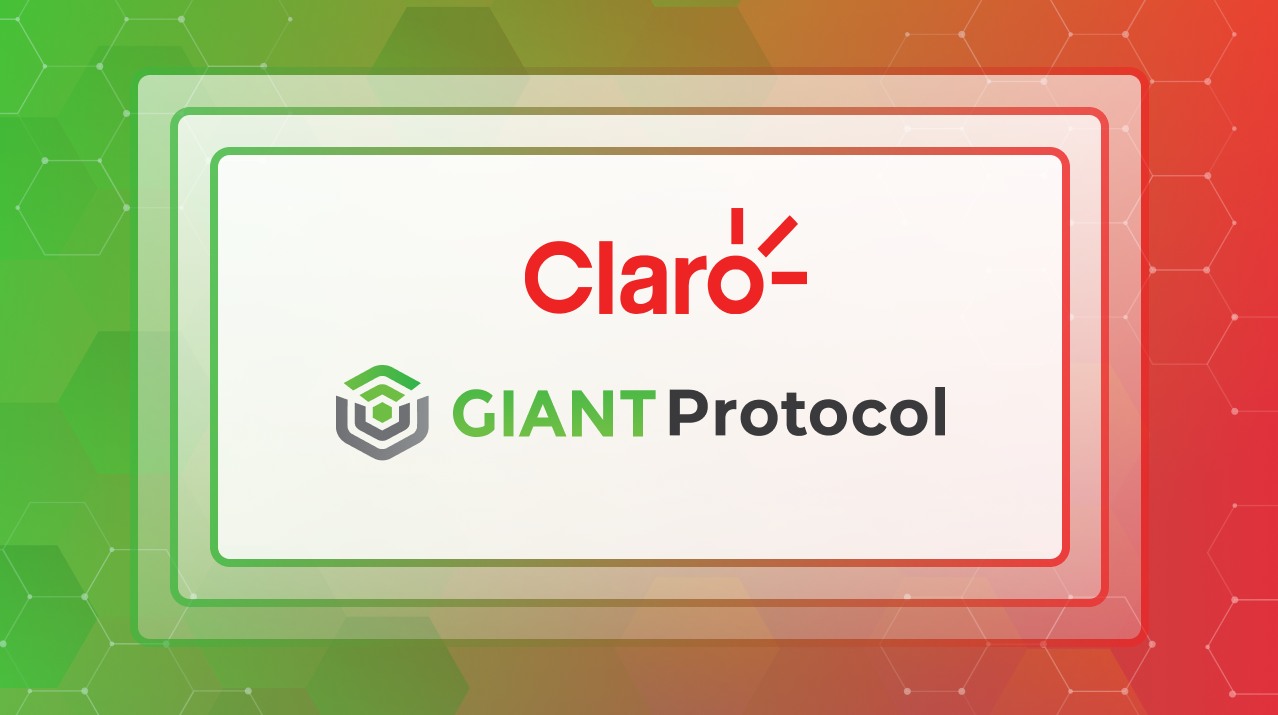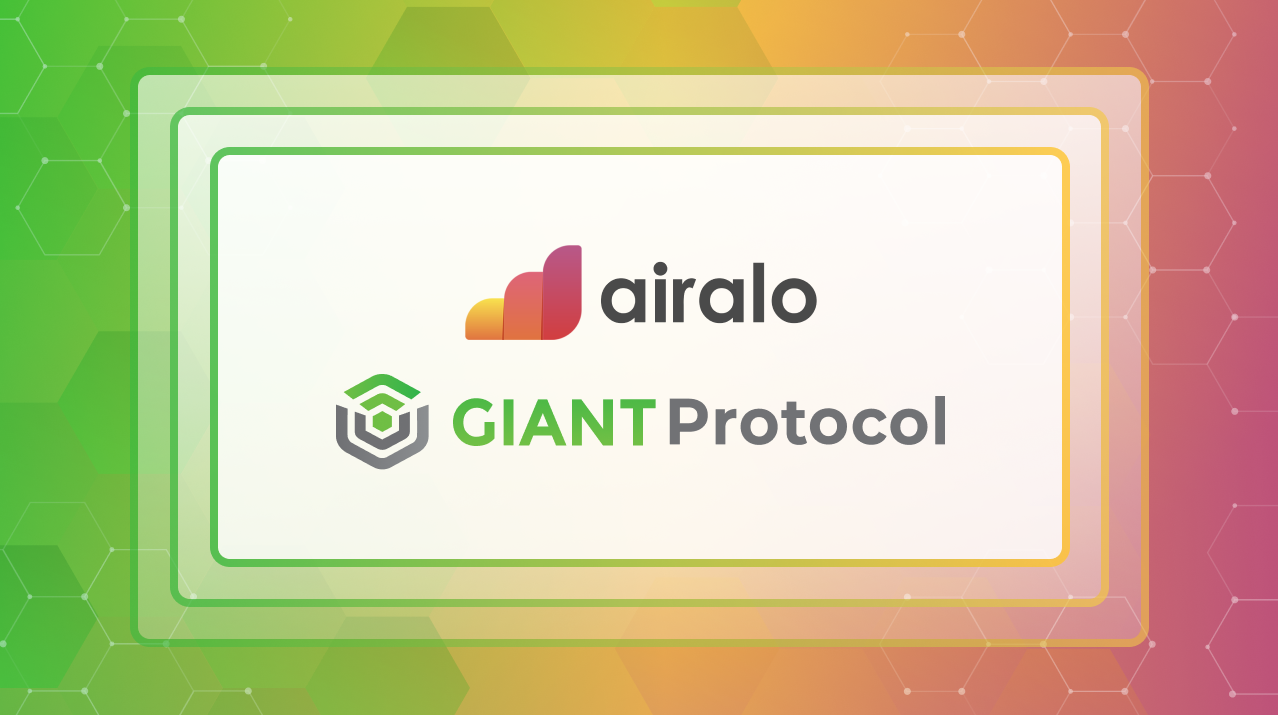Launching Our Economy Simulator
Today, we’re launching our Economy Simulator, a tool we use to help us understand how different assumptions might impact the evolution of the GIANT Protocol. We used it to help us design a token based economy to support the growth of the protocol- making sure that we align incentives of all parties – telecommunication firms and carriers, consumers, and the community at large.
You can play with the simulator here and there is a video discussing some of the topics here, but I’m going to outline some key ideas in this blog.
The GIANT protocol is a marketplace where anyone can buy and sell bandwidth. The protocol guarantees delivery of service or a refund by either holding payment in escrow until the service is delivered or by using staked tokens to back the service delivery guarantee.
This means we have three key groups:
- Providers – who sell data
- Consumers – who purchase data
- Stakers – who secure the protocol
For each of these groups we have two types of incentives:
- Token incentives – medium term or growth based token rewards to ensure that providers/consumers and stakers all benefit from our owner economy . We have a fixed supply of 50M tokens each for supply and demand rewards.
- Economic incentives – the steady state of economy should be self-sustaining, the token should have a fixed supply and the economy should rely on utility for it’s growth
Providers publish offers on the chain, selling DCTs. Think of these as tokenized data assets – a fuller explanation can be found in our whitepaper. For every 1 GIANT of data sold they receive 0.3 GIANT in rewards. The rate at which these rewards are paid decreases geometrically with sales, reducing by a factor of 2.5 after the first $2.5MIllion in sales and then by a further factor of 2.5 for every 5 fold increase in sales.
As the protocol grows and staking pools get larger, the provider will also benefit from receiving payments earlier. This would happen sooner if they restake rewards in their provider pool, providing very efficient short term credit for the carrier.
Consumers buy data on-chain – on-demand, globally, without being locked to a provider. They receive demand rewards at a rate of 0.4 per GIANT spent. The rate of rewards decreases in the same way as for providers. This means that in the medium term they benefit form lower net data costs and in steady state they benefit from more transparent and competitive global provider landscape
Stakers provide capital to ensure security of the protocol – backing both nodes and provider service guarantees. Our whitepaper details a joint node and provider staking pool, this means that:
- In the early years of the protocol they receive block rewards like validators on the Polkadot network
- In steady state revenue from taking a 5% share of sales ensure long term sustainability of the protocol
You can try out different assumptions in the simulator; changing the rates at which rewards are distributed and how quickly the protocol grows. We’re always keen to hear feedback via any of our social channels!








